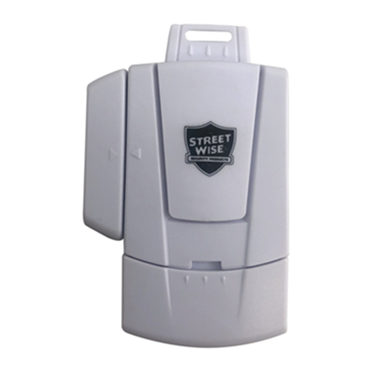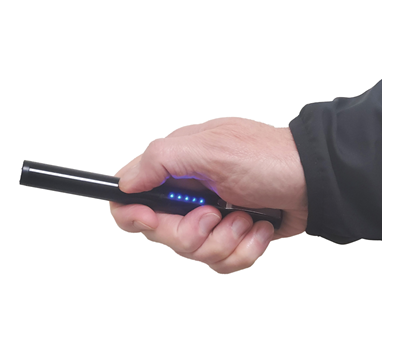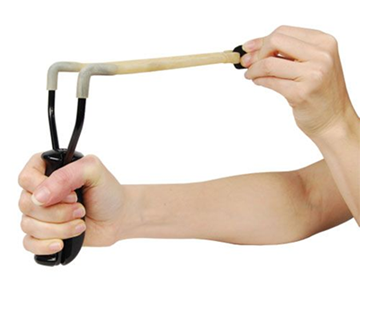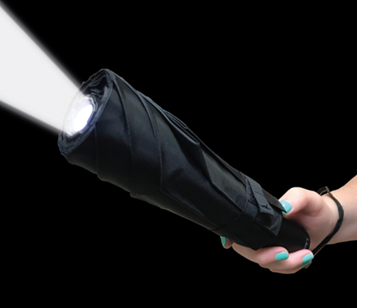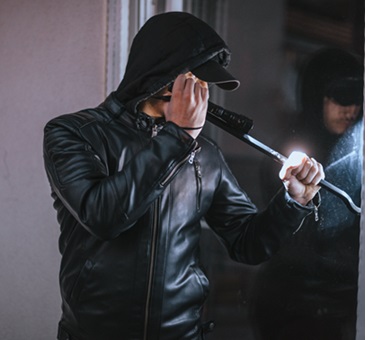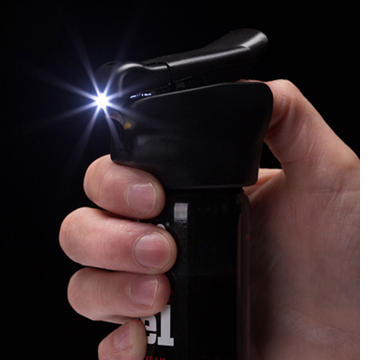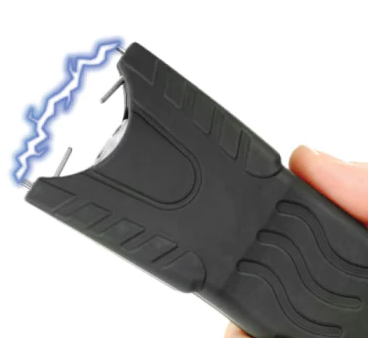Recent Changes in Taser Laws and Pros and Cons of Tasers for Self-Defense
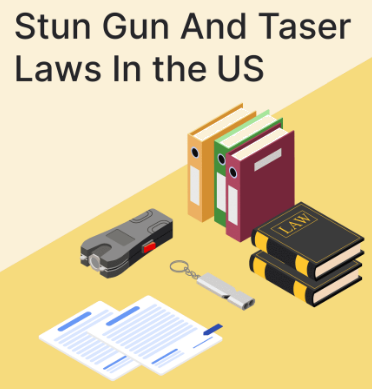 Taser laws have been changing rapidly in recent years, with many states relaxing their restrictions on the possession and use of these devices. This is due in part to the increasing popularity of TASERs as a form of self-defense, as well as the growing recognition that they can be an effective way to de-escalate potentially violent situations.
Taser laws have been changing rapidly in recent years, with many states relaxing their restrictions on the possession and use of these devices. This is due in part to the increasing popularity of TASERs as a form of self-defense, as well as the growing recognition that they can be an effective way to de-escalate potentially violent situations.
Below is some of the most recent changes to taser laws in the United States. We will also discuss the pros and cons of TASERs as a form of self-defense, and provide some tips for using them safely and effectively.
- Missouri: In 2022, Missouri became the 45th state to allow the open carry of stun devices without a permit.
- New Mexico: In 2021, New Mexico changed its laws to allow people 18 years and older to possess and use stun devices for self-defense.
- Illinois: In 2020, Illinois changed its laws to allow people 21 years and older to possess and use stun devices for self-defense.
- Maryland: In 2019, Maryland changed its laws to allow people 18 years and older to possess and use stun devices for self-defense.
- Virginia: In 2018, Virginia changed its laws to allow people 18 years and older to possess and use stun devices for self-defense.
- North Carolina: In 2017, North Carolina changed its laws to allow people 18 years and older to possess and use stun devices for self-defense.
- South Carolina: In 2016, South Carolina changed its laws to allow people 18 years and older to possess and use stun devices for self-defense.
- Tennessee: In 2015, Tennessee changed its laws to allow people 18 years and older to possess and use stun devices for self-defense.
- Georgia: In 2014, Georgia changed its laws to allow people 18 years and older to possess and use stun devices for self-defense.
- Michigan: In 2021, the Michigan House of Representatives passed a bill to legalize stun devices. The bill, HB 4029, now moves to the Senate where a similar bill died in committee last year. If the bill is passed by the Senate and signed into law by Governor Gretchen Whitmer, it would allow anyone 18 years and older to possess and use a stun gun for self-defense.
- New Jersey: In 2017, a federal court declared that New Jersey's ban on stun devices was unconstitutional. The court ruled that the ban violated the Second Amendment right to bear arms because it completely banned possession of stun devices. However, the state has not yet updated its laws to reflect the court's ruling. As a result, it is still technically illegal to possess a stun gun in New Jersey, but the law is not enforceable.
- Washington: In October 2017, Washington state changed its laws to allow people to carry stun devices in public without a permit. The law also clarified that stun devices can be used for self-defense, but not for assault or other criminal purposes.
- Hawaii: In 2016, Hawaii changed its laws to allow people 21 years and older to possess and use stun devices for self-defense.
- Louisiana: In 2015, Louisiana changed its laws to allow people 21 years and older to possess and use stun devices for self-defense.
- Delaware: In 2014, Delaware changed its laws to allow people 21 years and older to possess and use stun devices for self-defense.
- Oregon: In 2013, Oregon changed its laws to allow people 18 years and older to possess and use stun devices for self-defense.
- Colorado: In 2012, Colorado changed its laws to allow people 18 years and older to possess and use stun devices for self-defense.
- Utah: In 2011, Utah changed its laws to allow people 18 years and older to possess and use stun devices for self-defense.
- Arizona: In 2010, Arizona changed its laws to allow people 18 years and older to possess and use stun devices for self-defense.
- Texas: In 2009, Texas changed its laws to allow people 18 years and older to possess and use stun devices for self-defense.
TASERs, as a form of self-defense, have both pros and cons. Understanding these factors can help individuals make informed decisions about their personal safety. It's important to note that laws regarding the possession and use of TASERs vary by location, so it's crucial to be familiar with local regulations before considering one for self-defense.
Below are the main pros and cons of TASERs:
Pros:
1. Non-lethal option: TASERs are designed to be a non-lethal self-defense tool, which means they can incapacitate an attacker without causing permanent harm or fatalities in most cases.
2. Effective at a distance: TASERs can be used from a distance, allowing the user to maintain some distance from the attacker and potentially avoid physical confrontation.
3. Accessibility and ease of use: TASERs are generally easy to use and require minimal training to operate effectively. This makes them a viable option for individuals who may not have extensive self-defense training.
4. Immediate impact: When used successfully, TASERs deliver an electric shock that can temporarily disable an attacker, giving the user time to escape or seek help.
5. Deterrent effect: The visible presence of a Taser can act as a deterrent, potentially discouraging potential attackers from proceeding with their harmful intentions.
Cons:
1. Limited range and accuracy: TASERs typically have a limited effective range, usually around 15 to 25 feet. In high-stress situations, accuracy can be affected, reducing their effectiveness.
2. Single-use and limited shots: TASERs often have a single-use cartridge, and some models may have limited shots. Once used, the device becomes ineffective until the cartridge is replaced.
3. Potential misuse: In some situations, TASERs may be misused, leading to harm or injury to unintended targets. Proper training and responsible use are essential to avoid accidental misuse.
4. Legal restrictions: TASERs are not legal in all jurisdictions, and their possession and use may be subject to strict regulations or outright bans. Failure to comply with local laws can lead to legal consequences.
5. Ineffective against certain individuals: TASERs may not work effectively on individuals under the influence of certain drugs or alcohol, or those with certain medical conditions, making them less reliable in some situations.
6. Risk of escalation: Deploying a Taser can escalate the situation, potentially leading to further aggression from the attacker or bystanders.
Conclusion:
TASERs have become an increasingly popular form of self-defense due to recent changes in laws across many states, allowing for broader possession and use. The pros of TASERs as a self-defense tool include their non-lethal nature, effectiveness at a distance, ease of use, immediate impact, and deterrent effect. They offer individuals a viable option for personal safety without causing permanent harm to attackers. However, there are cons to consider, such as their limited range and accuracy, single-use cartridges, potential for misuse, legal restrictions, limitations against certain individuals, and the risk of escalating a confrontation.
As with any self-defense tool, it is crucial for individuals to be aware of local laws and regulations surrounding TASERs. Additionally, proper training and responsible use are paramount to ensure their effective and safe deployment. Ultimately, the decision to use a Taser as a form of self-defense should be made with a comprehensive understanding of both its benefits and limitations, as well as a consideration of other available self-defense options.

